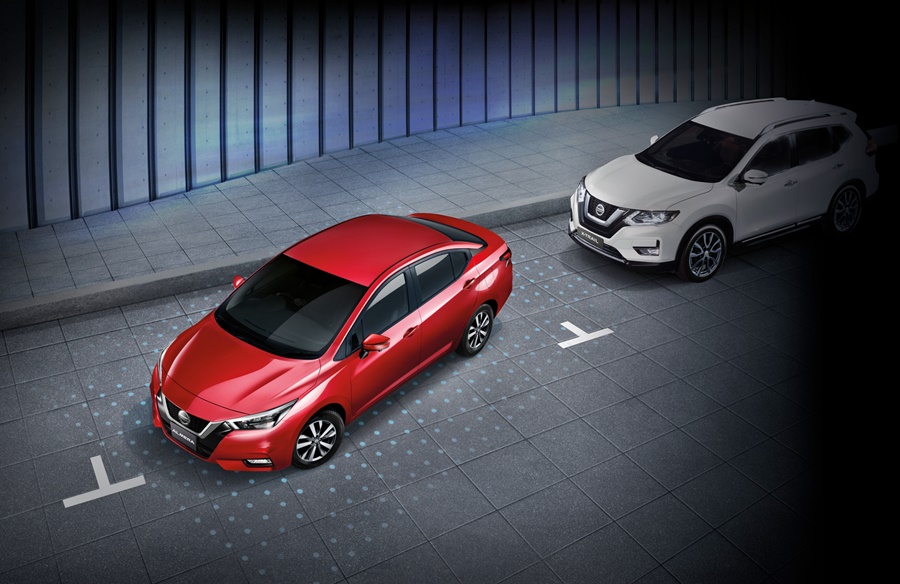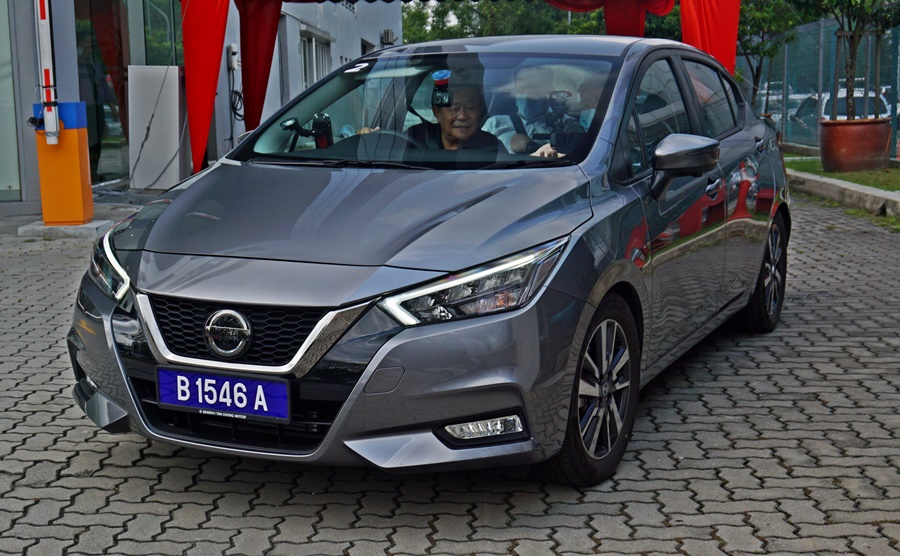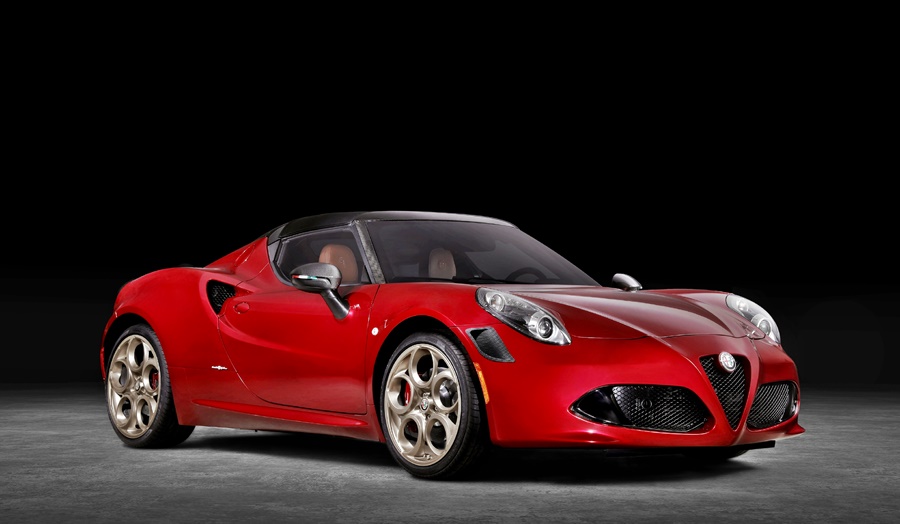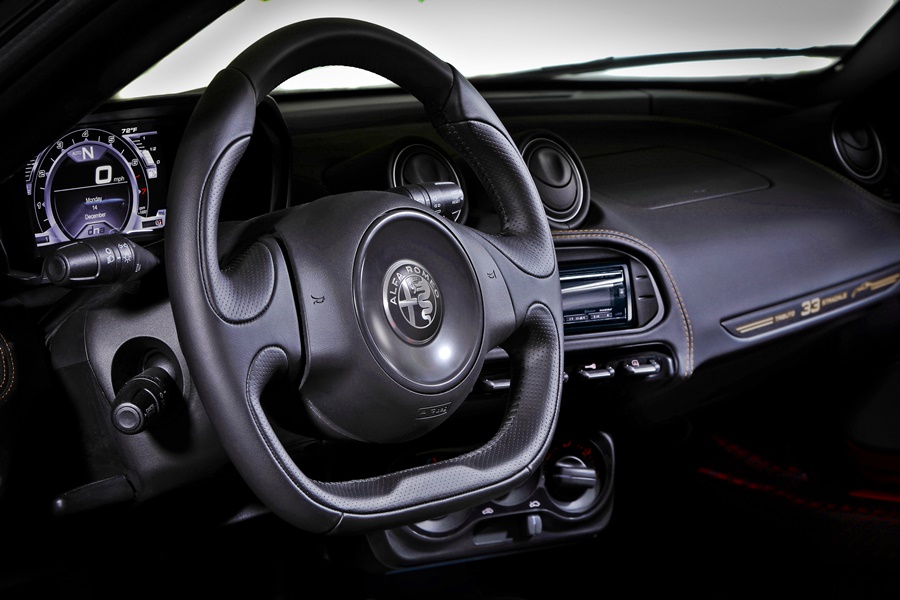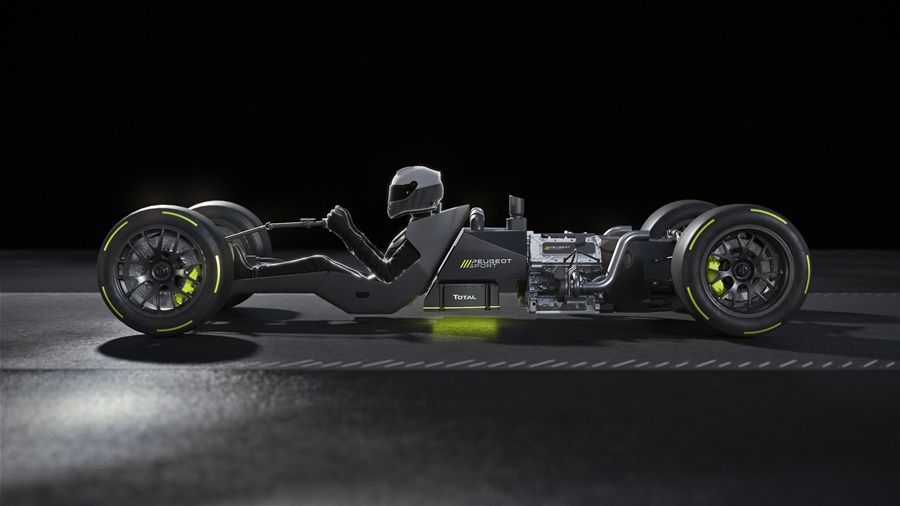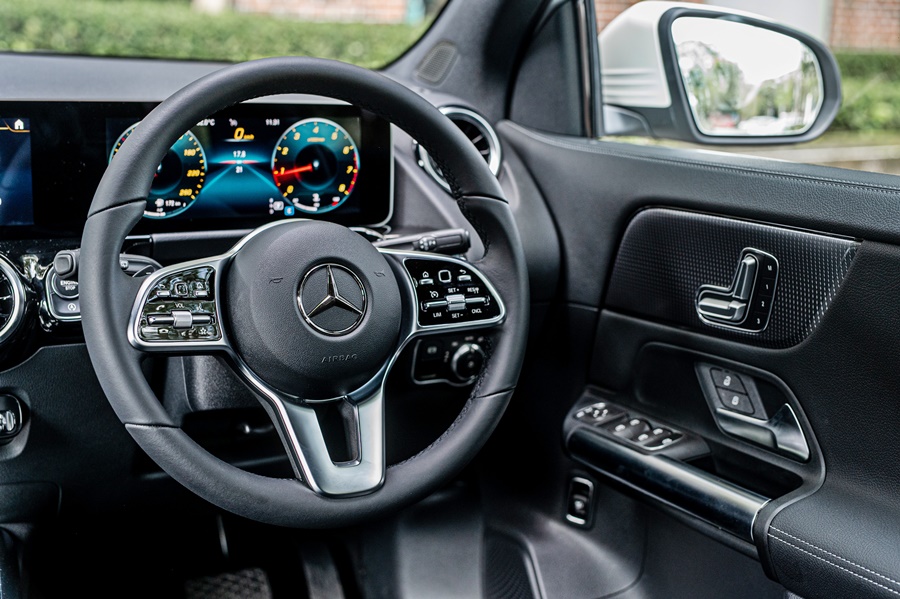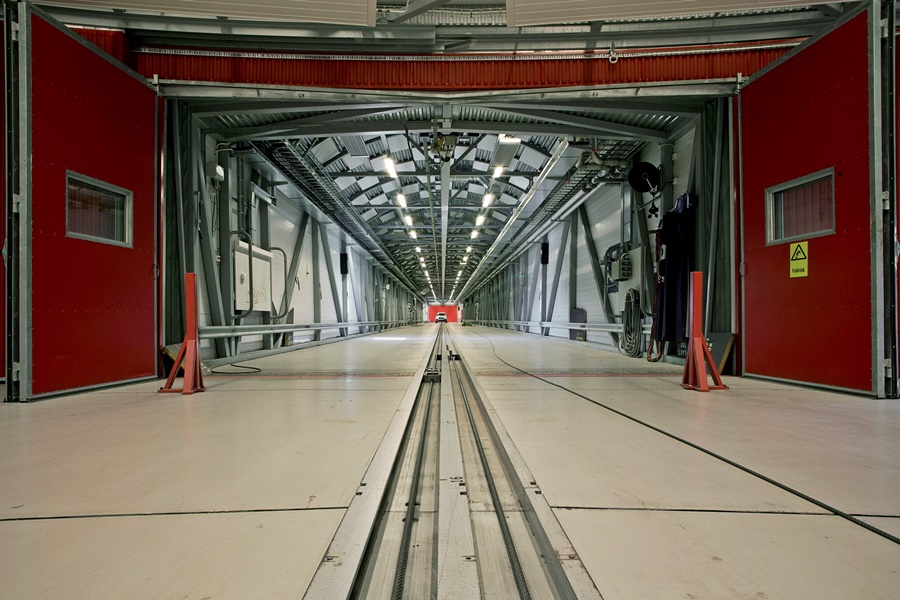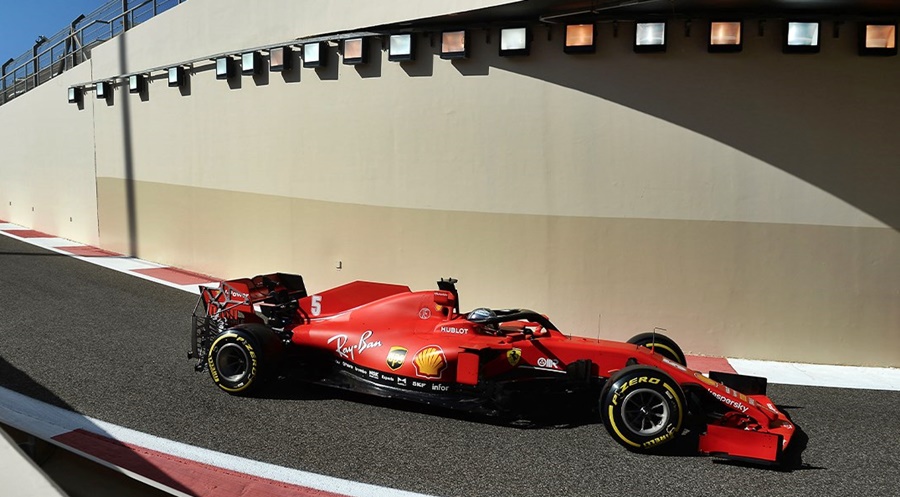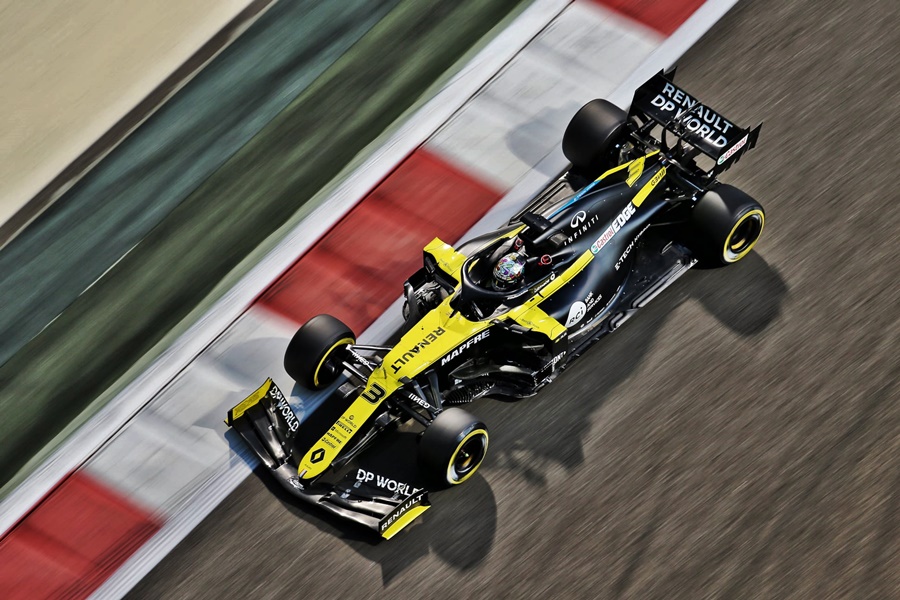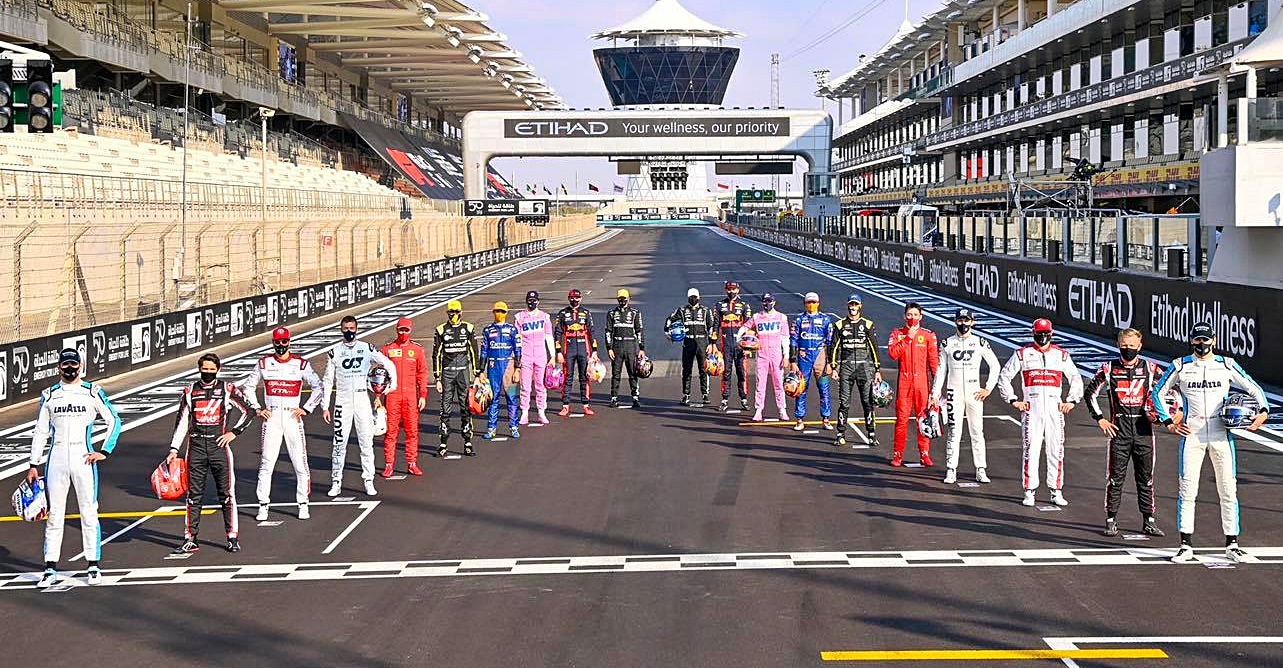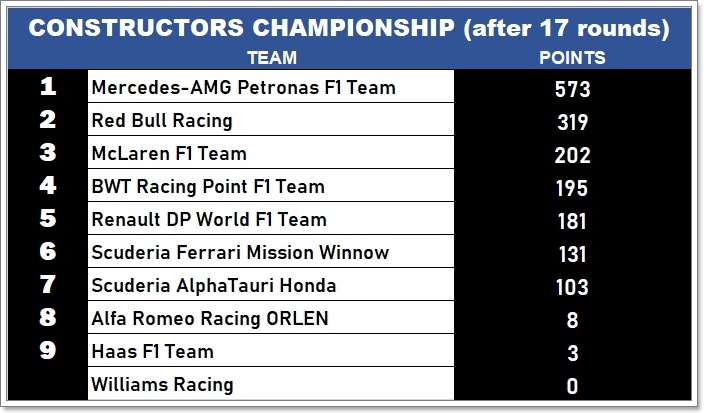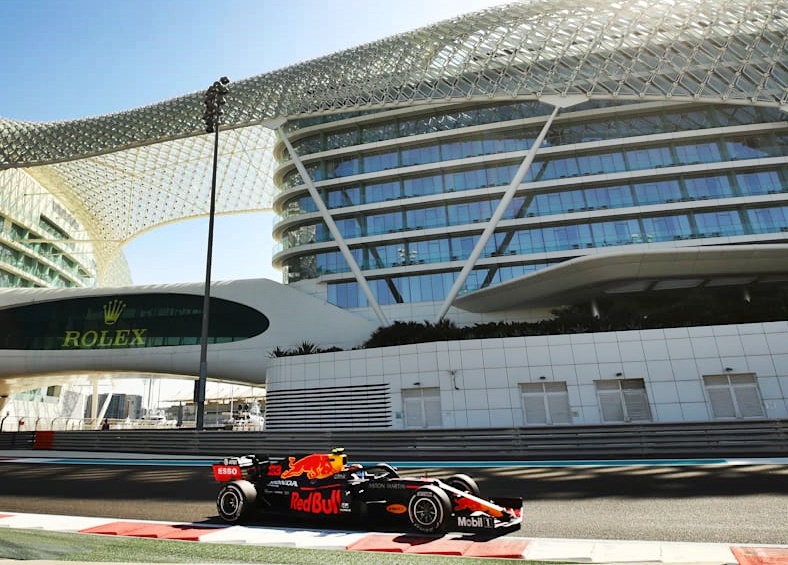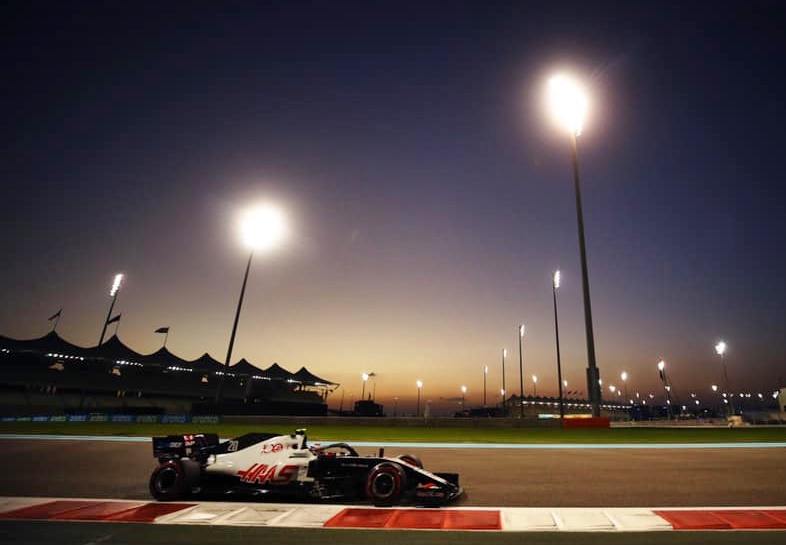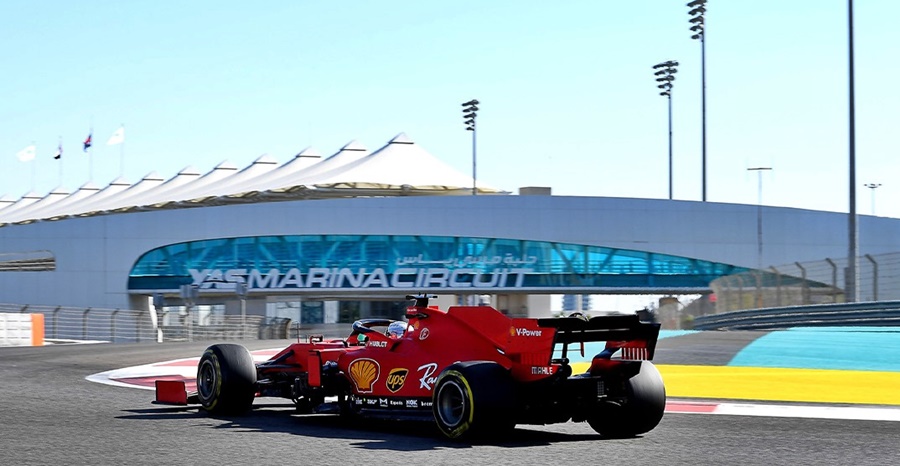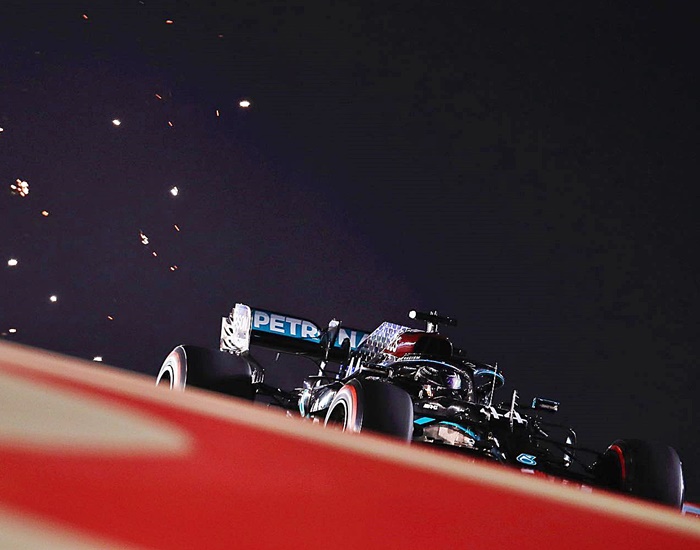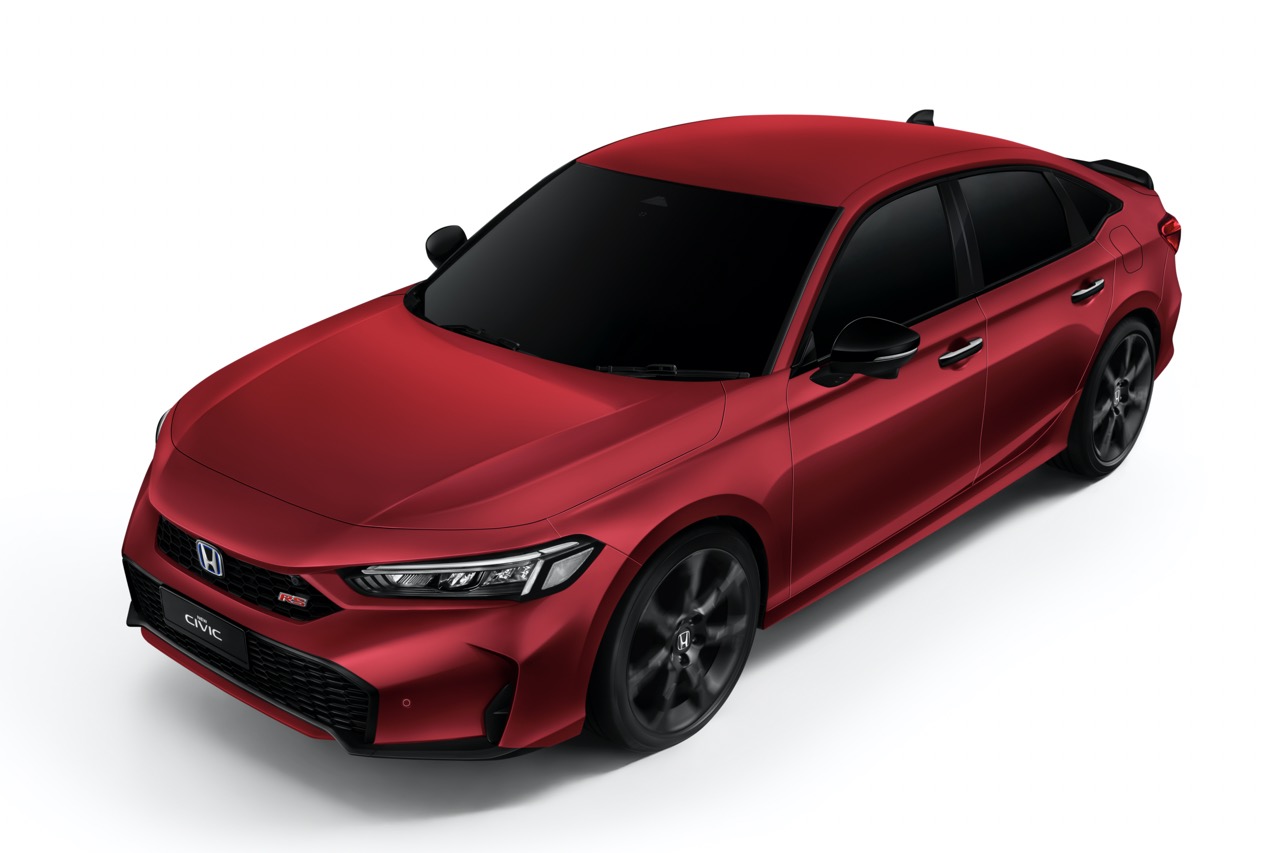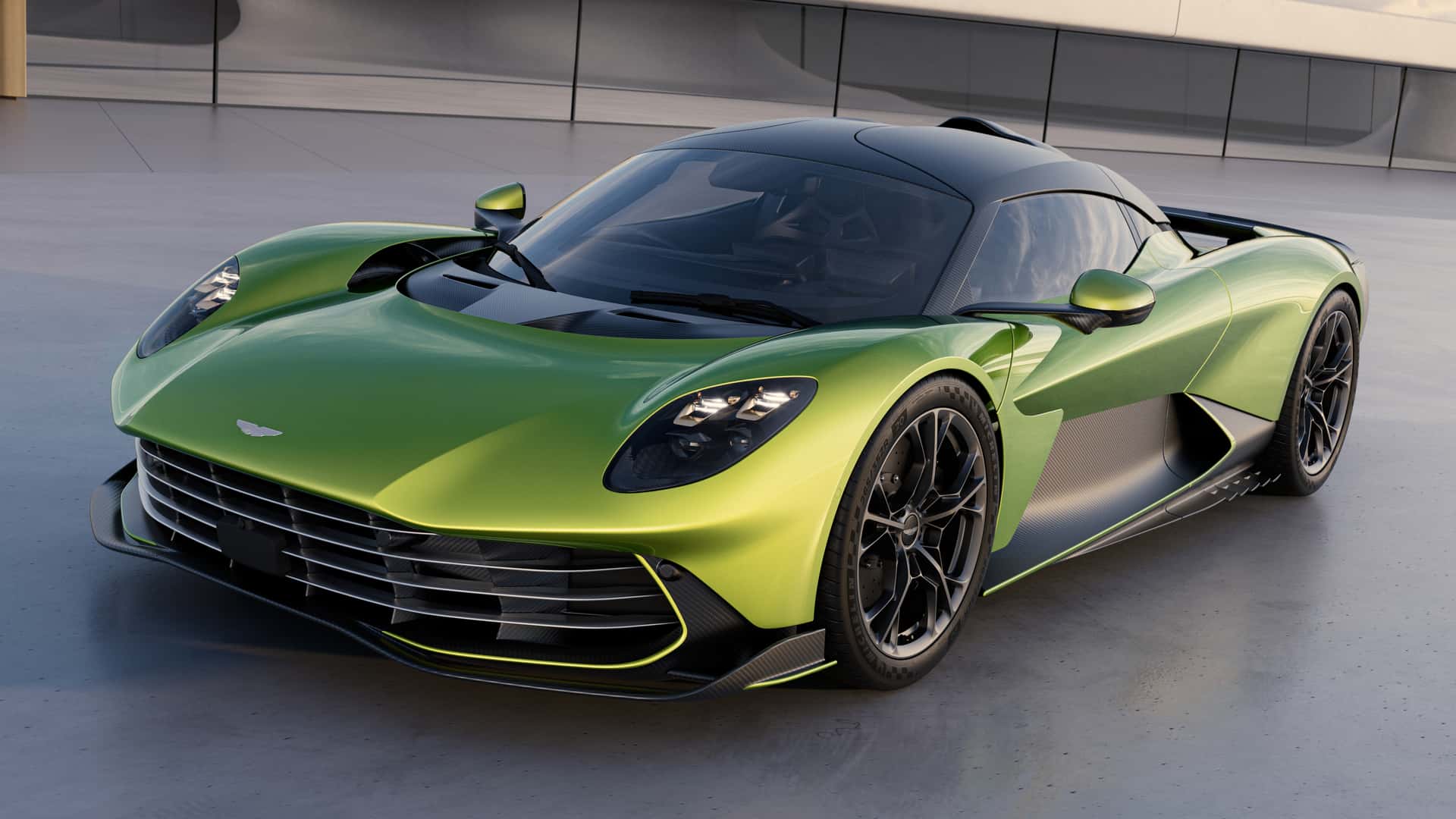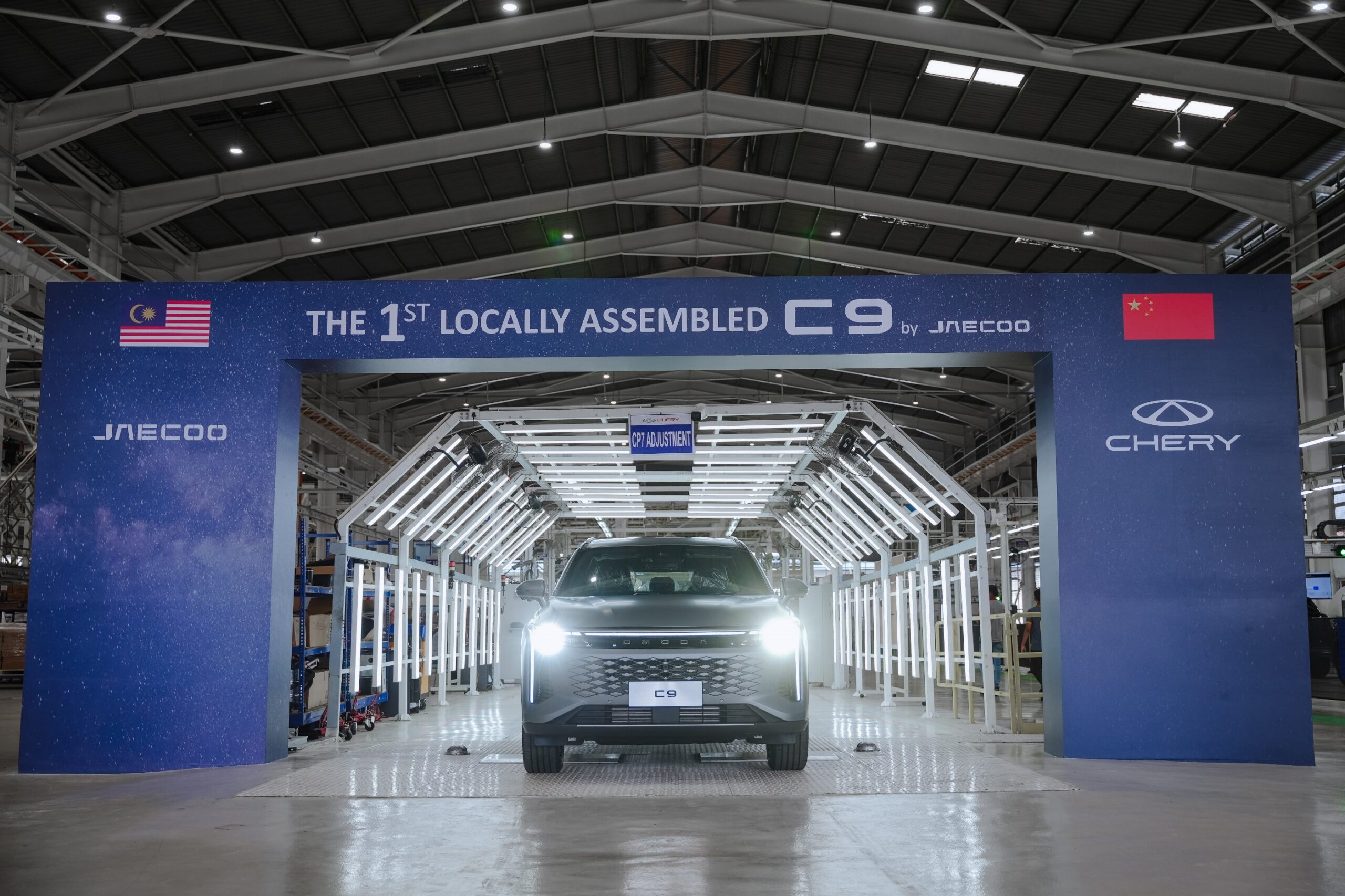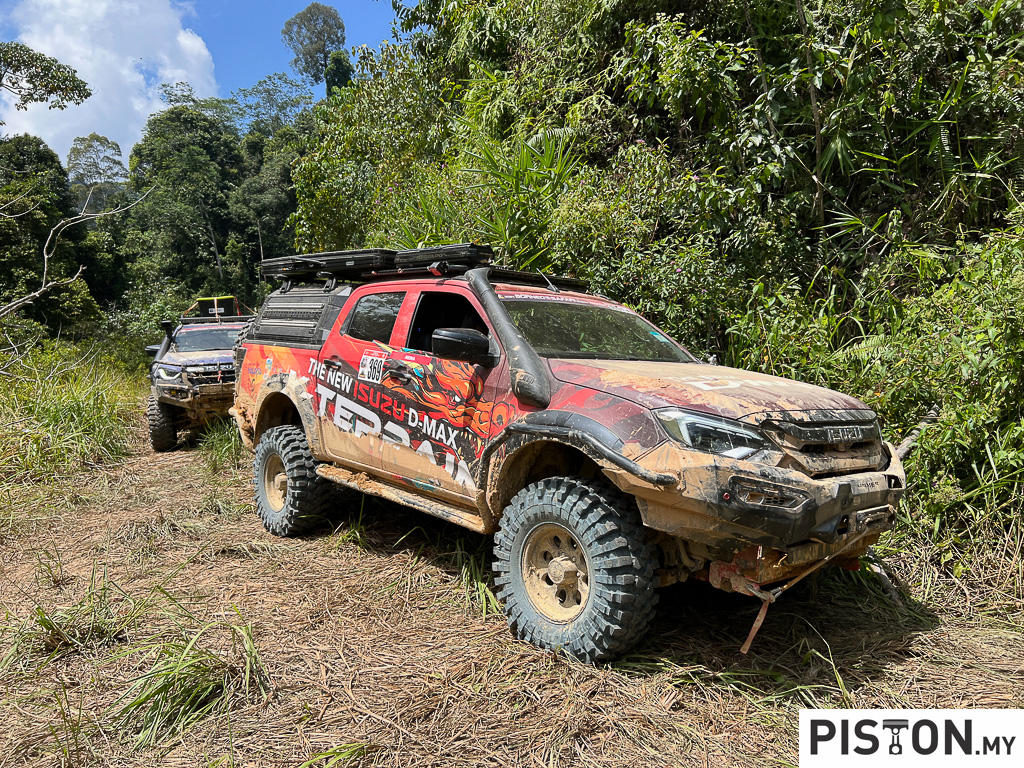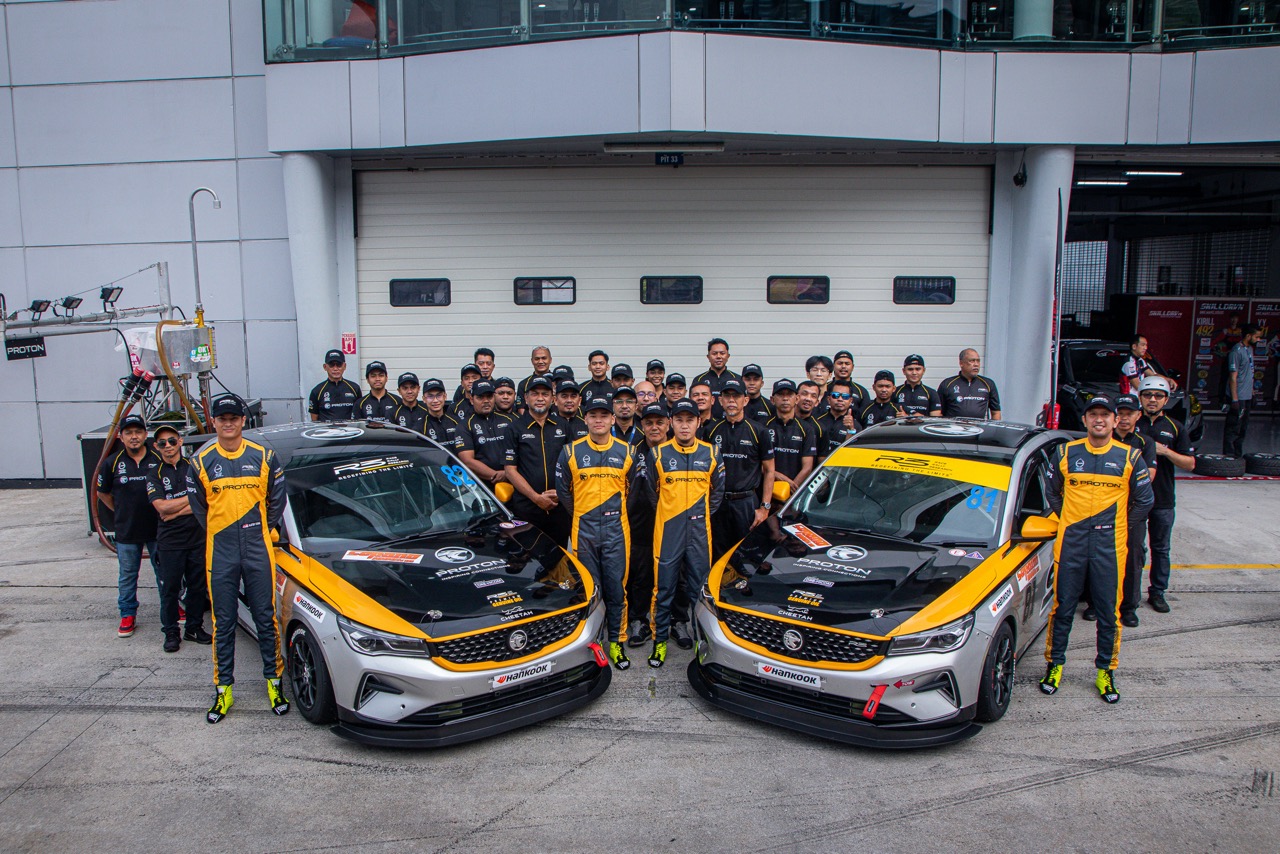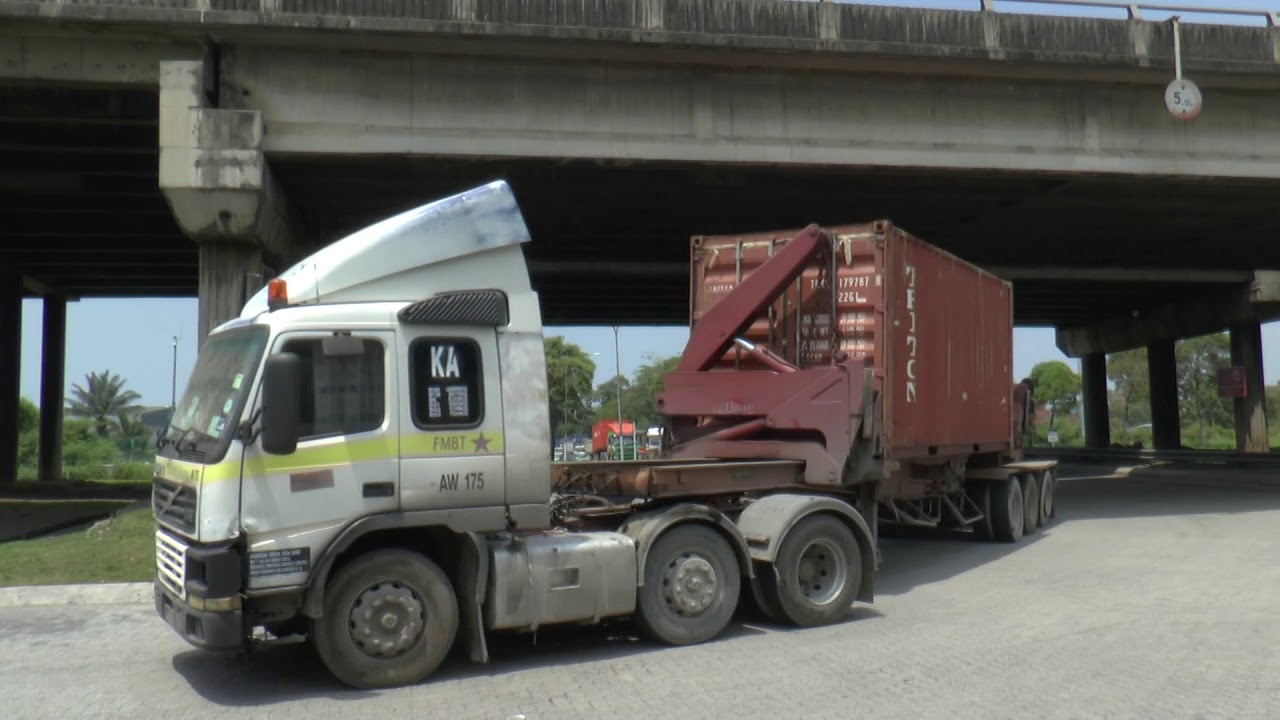Edaran Tan Chong Motor’s new Nissan Almera Turbo is beginning to appear on roads around the country in increasing numbers as new owners take delivery of their cars. Apart from the fresh new styling and turbocharged powertrain, the new Almera is also packed with many safety technologies which can contribute to helping reduce road accidents.
Nissan Safety Shield 360
These are the Nissan Safety Shield 360 technologies that work together to provide safety monitoring and intervening to prevent accidents when necessary. This follows the trend in the industry whereby driver assistance systems are being provided which use camera imagery as well as radar sensors to scan the road ahead. Additionally, there are sensors to scan the sides for vehicles in the blind spots, and towards the rear to aid reversing.
Standard on all Almera Turbo variants are the Intelligent Forward Collision Warning (IFCW) and Intelligent Forward Emergency Braking (IFEB) systems. The IFCW, operational at speeds between 5 km/h and 80 km/h, monitors the road ahead and alerts the driver when the car is too close to a vehicle ahead or there is a risk of collision.

The alert is shown on the 7-inch Advance Drive Assist Display (ADAD), along with an audible alert. This means the driver should take steps such as decelerating or even braking to avoid the collision. However, if the driver does not take these actions, then the system will take over and activate the brakes automatically.
The early braking should prevent a collision or at least reduce the speed so that the severity is less, which can make repair costs less expensive. The brakes will remain locked for about 2 seconds after the car stops moving before being deactivated.
Alerting drivers behind
Incidentally, the Almera brake system has an Emergency Stop Signal function which can help to reduce rear-end collisions. If the brake pedal is pressed hard and suddenly, the hazard warning lights will come on automatically (besides the brake lights, of course). This will alert drivers behind that the car is decelerating very quickly under braking as they might not notice it right away. This will prompt them to also brake and slow down, and it could prevent the sort of multiple accidents on highways that we read about.
Watching the sides and rear
Other safety technologies available are the Blind Spot Warning (BSW) and Rear Cross Traffic Alert (RCTA) systems. BSW is available from around 32 km/h and uses sensors to keep an eye on blind spot areas at approximately 3 metres x 3 metres towards the rear sides of the car. If the turn signal is activated and a vehicle is detected, the drive will be warned by sound as well as warning indicators on the ADAD and the relevant side mirror.
RCTA is a more recent safety system that is slowly appearing in cars. It is useful during reversing out of a parking bay when the driver’s view of either side might be blocked. The same rear radar sensors help to detect an approaching vehicle on either side and warn the driver with an audible alert and indicator on the side mirror where the vehicle is approaching from. This warning could help save an expensive accident!
Parking made easy
The Almera Turbo driver is also assisted by the Intelligent Around View Monitor (IAVM) with Intelligent Moving Object Detection (IMOD). This system (also offered in the X-Trail, Serena S-Hybrid and Navara) not only helps make parking easier but also watches out for moving objects nearby so that an accident does not occur.
The IAVM uses 4 tiny cameras installed on the bodywork and with the use of a computer program, the images are combined to create a simulated view of the car from above which shows all sides. It’s like having a drone overhead sending a video view to the display on the dashboard. The simulated image is detailed enough to show obstacles on the ground so the driver can avoid them and position the car precisely inside the parking bay.
Needless to say, the Almera Turbo has all the usual Active Safety systems like ABS with Brake Assist, Vehicle Dynamic Control with Traction Control, Electronic Brakeforce Distribution for balanced braking performance, and Hill Start Assist to enable confident moving off on slopes.
“The all-new Nissan Almera Turbo takes the popular B-sedan to a new level of refinement and enhancements not usually found in this segment. With the theme ‘Challenge All Beliefs’, the all-new Nissan Almera Turbo is not the Almera everyone knew before. It is completely redesigned to be energetic, provocative and engaging with its dynamic styling, confidence-inspiring performance and innovative technologies, that sets to challenge customers’ beliefs on what modern sedans should be,” said Christopher Tan, Sales and Marketing Director of Edaran Tan Chong Motor Sdn Bhd.
Test-drive and win an iPhone
Mr. Tan invites the public to try the new Almera Turbo at Nissan showrooms nationwide. “Those who take a test-drive stand a chance to win one of 5 iPhone SE mobilephones and also a chance to win prizes in the ‘Buy & Win’ Contest when they purchase and register the all-new Nissan Almera Turbo before December 31, 2020,” he said.
Until December 31, 2020, prices in Peninsular Malaysia (without insurance) range from RM79,906 to RM91,310 with sales tax exemption. After that, the sales tax of 10% will be included again and the prices of the three variants will be increased to between RM83,888 and RM95,888.
A 5-year unlimited mileage vehicle warranty comes standard, along with free scheduled maintenance for 5 times (alternating) during the first 5 years.
First Look at the all-new Nissan Almera Turbo (N18), with brief driving impressions







